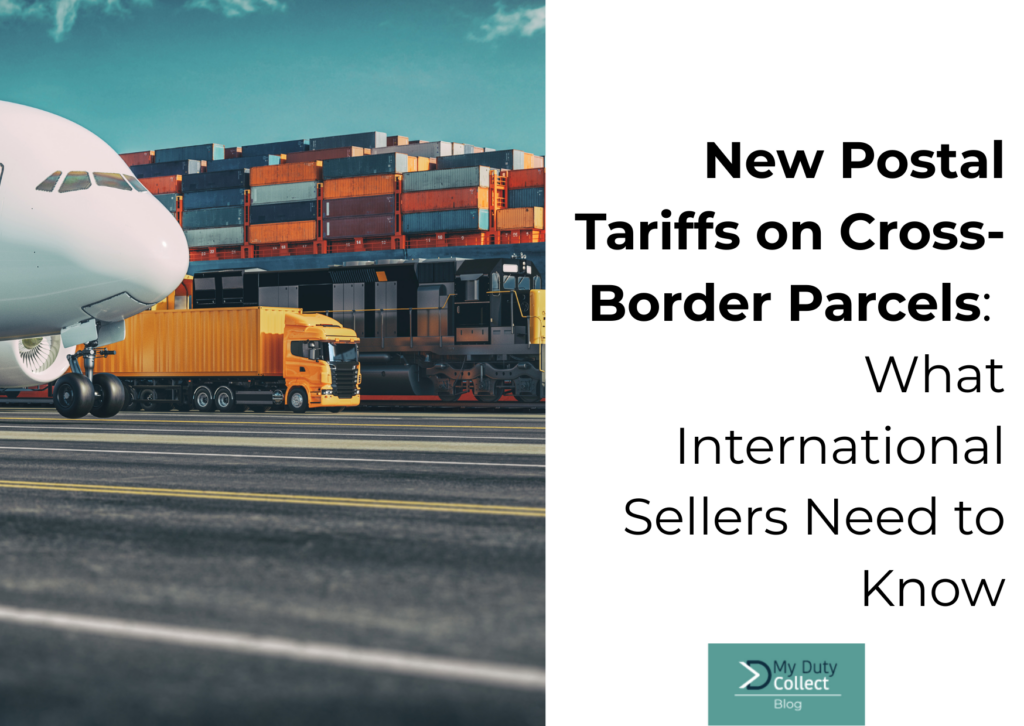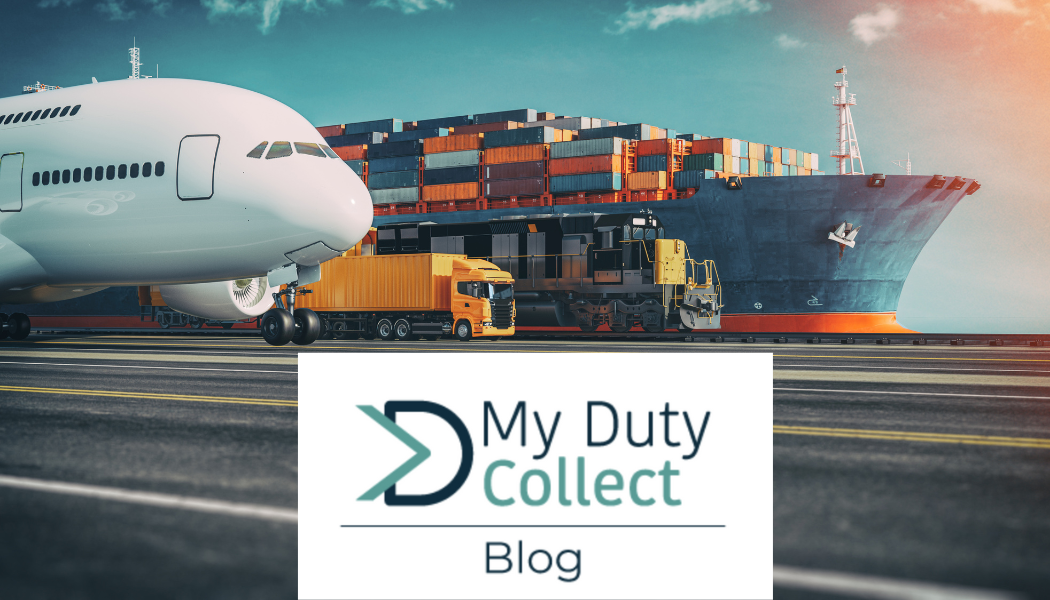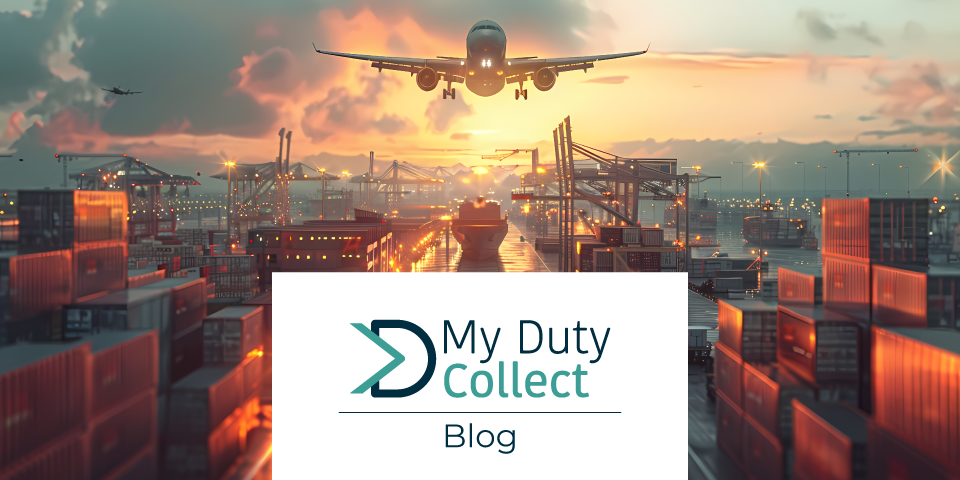Cross-border commerce is facing a major shift. Since April 2025, customs rules for parcels shipped from China and Hong Kong to the United States via postal networks have changed significantly. Here’s what you need to know to protect your margins and adapt your logistics strategy.
–
READ MORE : De Minimis Reform in North America: What Businesses Need to Know in 2025
–
A Unique Postal Duty: Up to $200 per Parcel
The US administration has introduced a specific customs duty on postal shipments originating from China or Hong Kong:
- As of April 2025: 120% ad valorem or $100 per parcel, whichever is greater.
- From 1 June 2025: this increases to $200 per parcel.
This duty only applies to postal shipments (e.g., USPS, China Post, Royal Mail, etc.) and not to standard commercial shipments (FedEx, DHL, UPS, etc.).
What Counts as a “Parcel from China”?
This is where things get complex. Many operators are asking: If I ship from another country, is it still considered Chinese?
Here’s what you need to know:
- A parcel shipped from a third country (e.g., the UK), even if the goods were manufactured in China, is not subject to the duty if it’s posted and processed in that country.
- However, a parcel that merely transits through another country but remains under China Post control is still considered Chinese and subject to duty.
Real-world example:
A UK-based retailer sources products from China, stores them in the UK, then ships to the US using Royal Mail: no extra duty.
China Post ships a parcel via France (LaPoste) for final delivery in the US: postal duty applies.

Transshipment: A Growing Grey Area
The issue of transshipment (routing goods through a third country) is gaining attention. Authorities are concerned that some shippers are trying to bypass the new duties by altering only the declared country of dispatch.
Both CBP (US Customs) and USPS are clear: the determining factor is not the origin of the goods but the actual country of dispatch through the postal system. Official clarifications are expected shortly.
Is This the End of De Minimis? The Debate is Heating Up
Several recent reports – from the Peterson Institute, the Future Borders Coalition, and the American Action Forum – are warning of the impact that changes to the de minimis threshold could have:
- Increased costs for international online shoppers.
- Added complexity in cross-border logistics for sellers.
- Reduced fluidity in global e-commerce.
A striking figure: some Chinese products could soon face total tariffs of up to 245%, once all existing and new duties are combined.
At MyDutyCollect, we support businesses in navigating these complex regulations by offering automated customs clearance, precise duty and tax calculation, and compliance solutions. As trade regulations evolve, having the right tools in place can make all the difference.
Get in touch with us to find out how we can assist your cross-border operations. Subscribe to our blog and visit our website and LinkedIn page for more updates. You can also contact us by sending a message to info@mydutycollect.com. We’d be delighted to hear from you.




